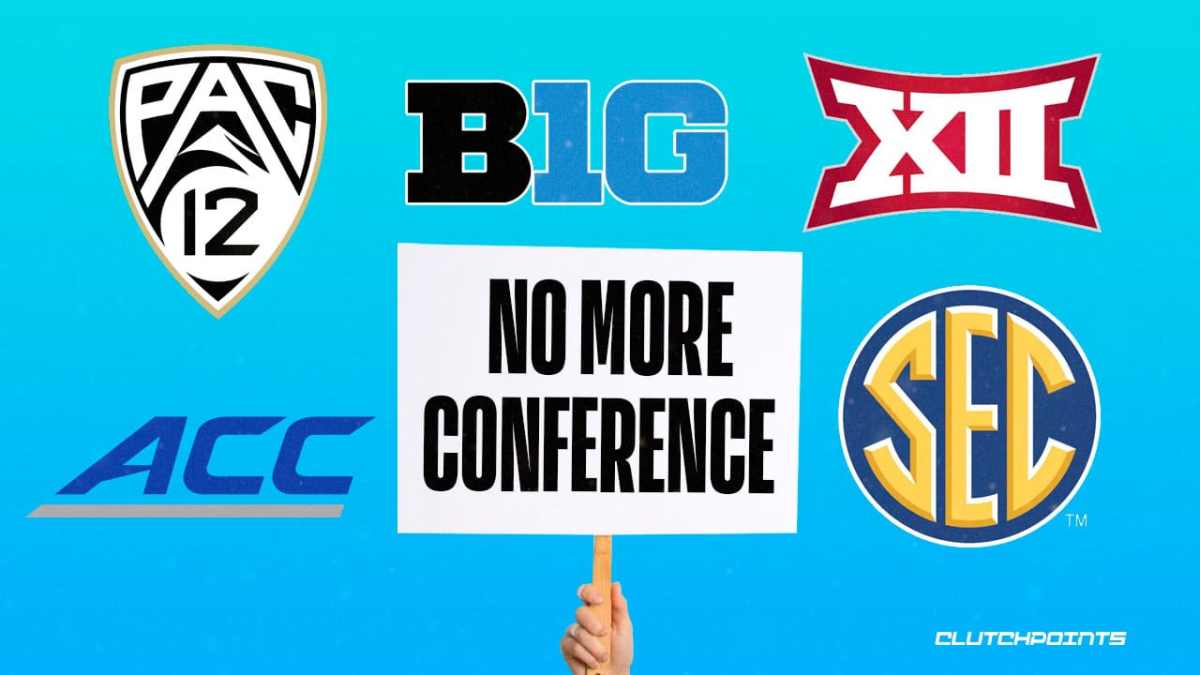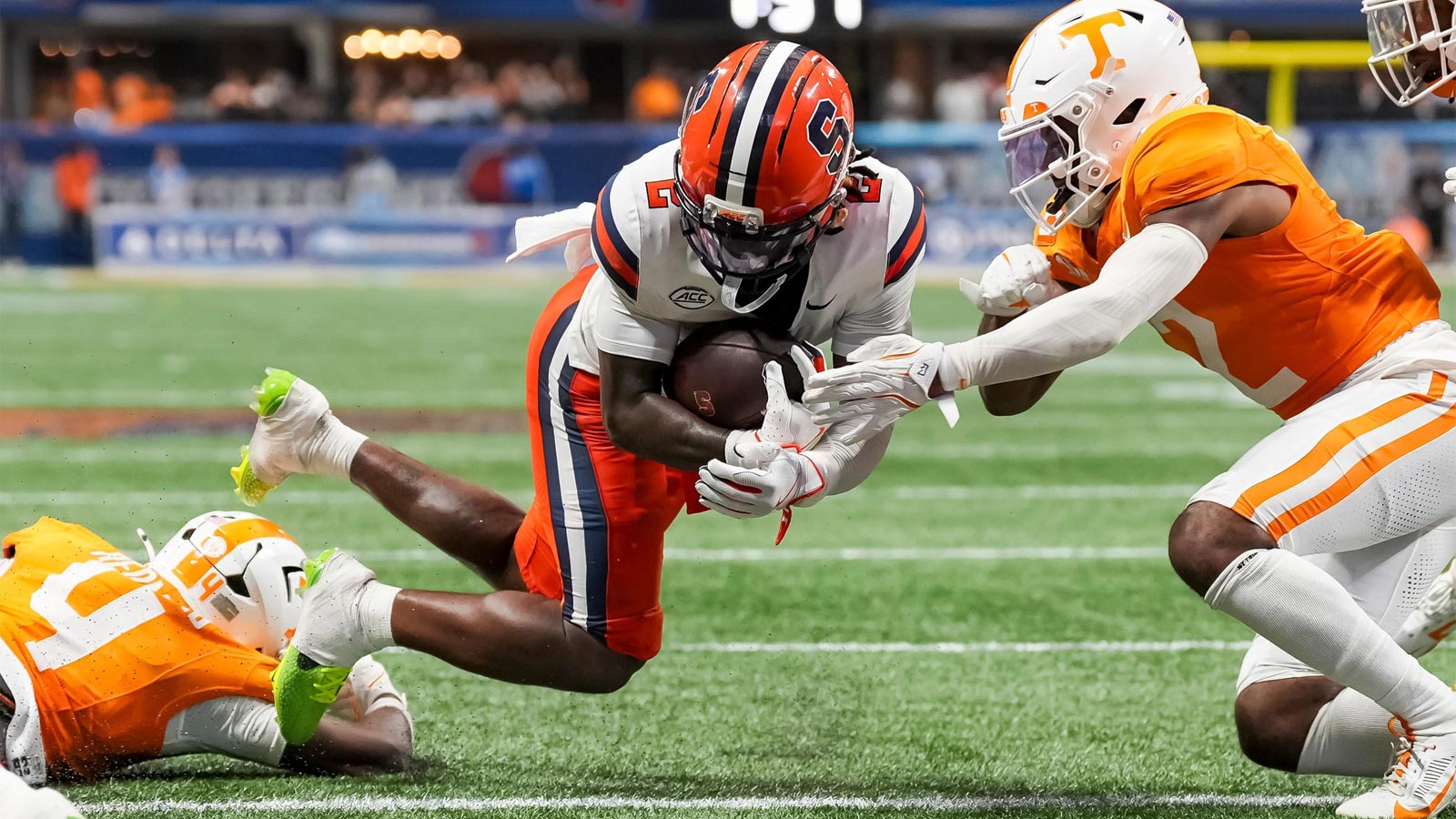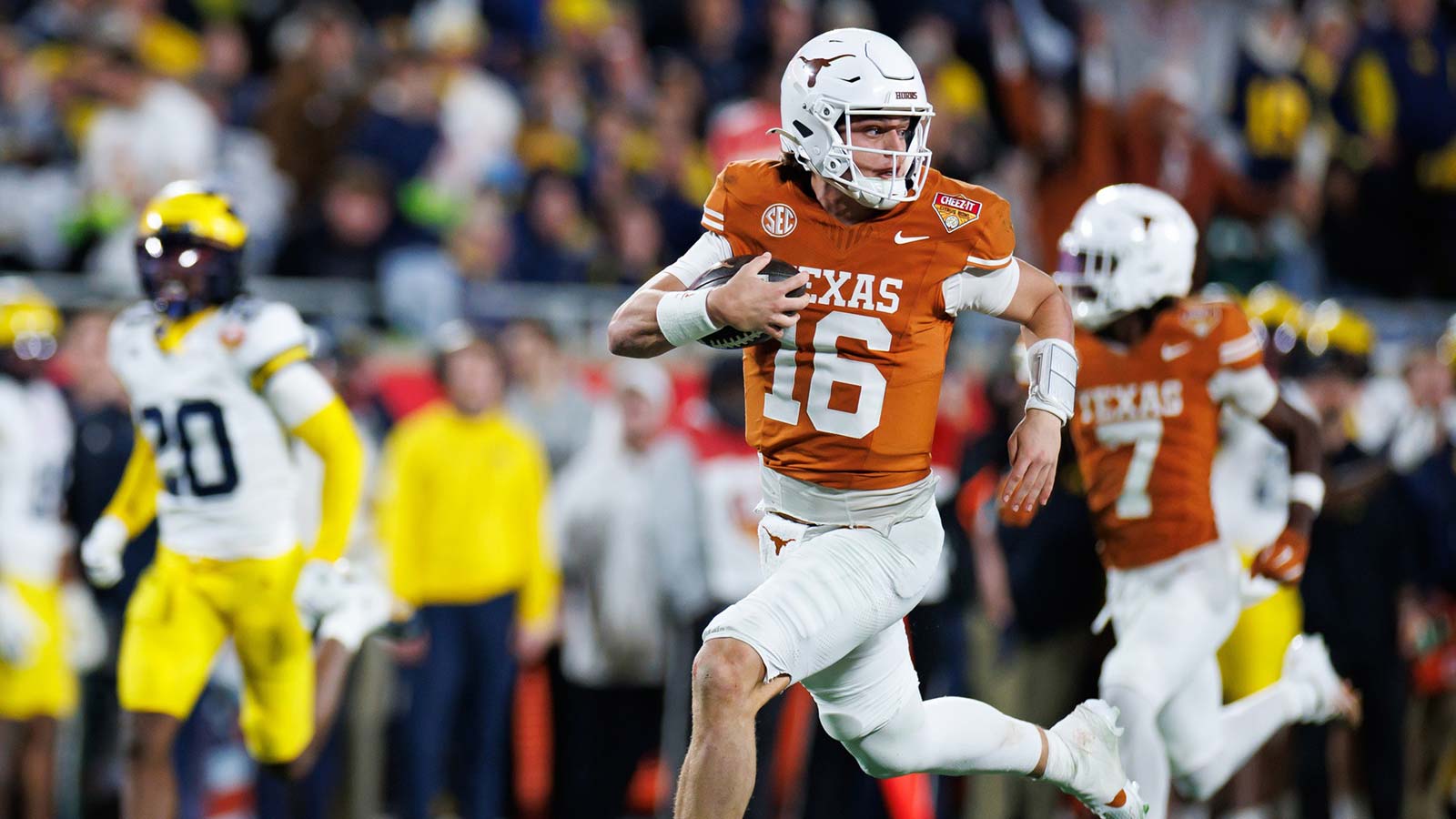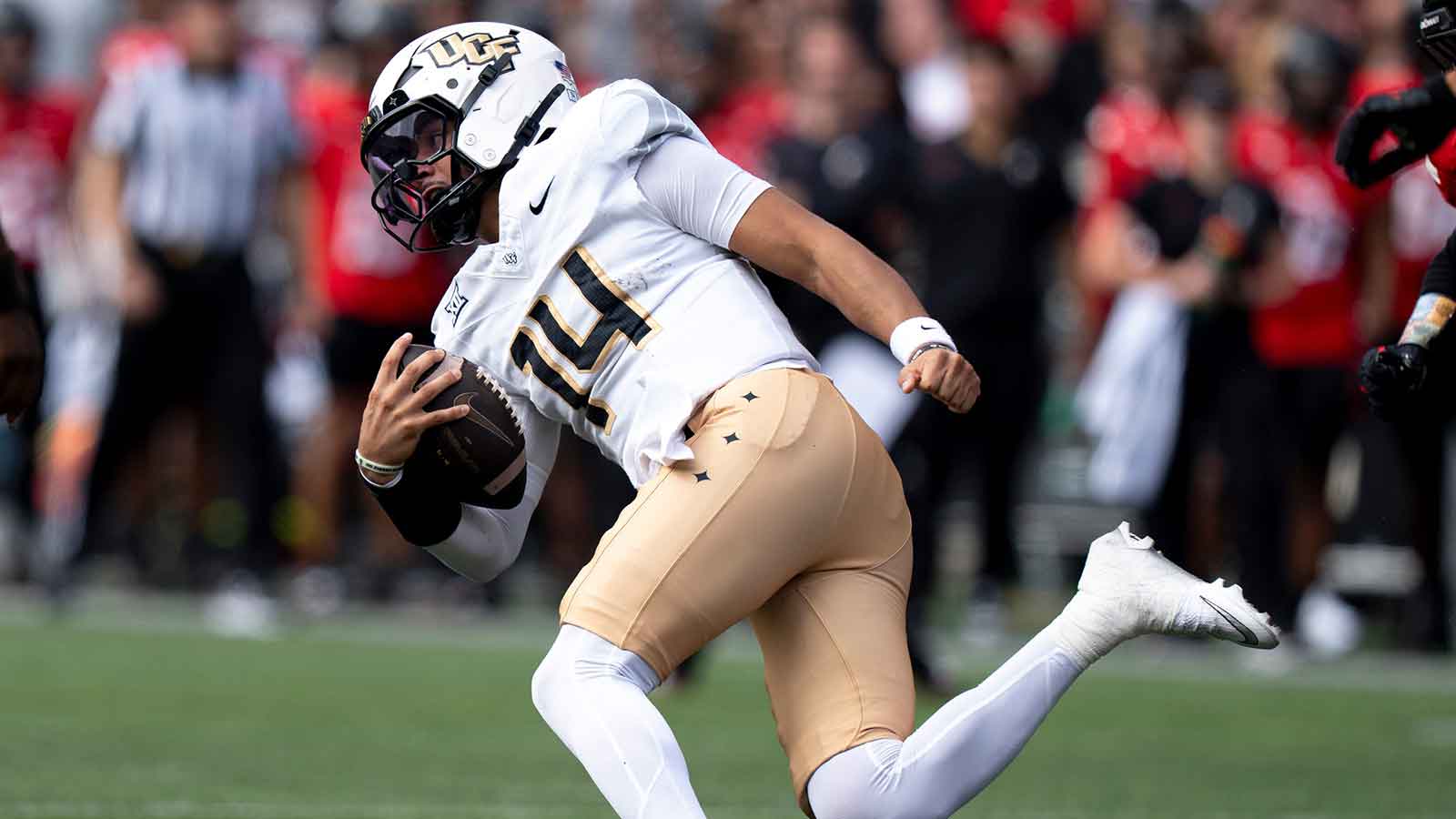The landscape of college football continues to change so much now that most are having trouble keeping up with it, or rather they're just fed up with the money-hungry universities trying to keep with each other. The recent conference realignment between the Pac-12 and the Big Ten, along with other shifts over the last couple weeks, has ignited debates about the future of the sport. With college football serving as a primary revenue source for athletic departments, it's time to consider a bold and transformative step: the creation of a unified league, guided and governed under a single authority, independent of traditional conferences.
One league for college football
This one unified league proposal aligns with Chip Kelly's suggestion that he mentioned this week. Kelly proposed that all team's should become independent, citing Notre Dame as an example and how they play in a conference for every other sport except for football.
“Notre Dame is an independent in football, but they’re in a conference for everything else,” Kelly said, according to the Los Angeles Times. “Why aren’t we all independent for football?”
Kelly suggests taking the 64 teams in the Power Five and making that one division, while also taking the 64 teams in Group of Five, and making that another division. “We play for a championship, they play for a championship, and no one else gets affected,” Kelly said.
Kelly's idea, while more than likely seeming ludicrous to some, actually has a lot of intellect to it. In fact, it probably makes more sense that anything else in college football right now as conferences continue to realign almost daily. Kelly's idea certainly isn't any worse than the other harebrained ideas the sport has constructed over the last couple of decades. Sure, it would have flaws, but thus is the nature of college football anyways.
The driving force behind every one of the latest conference moves as of late has been due to revenue. Plain and simple. But there's still arguments to be made if the actual cost was truly measured, whether financial or otherwise.
Non-college football teams could suffer in conference realignment
Just because college football is the provider for the athletic household doesn't mean the rest of the house has to follow it to work. College football was the primary reason behind the recent Pac-12 destruction and Big Ten expansion, along with the other conference realignment moves. And while that can be argued positively from a financial and ratings point of view where there will now be more higher-profile games week-to-week, particularly for football, it makes little to no sense for the rest of any university's athletics.
Now, not only are things like long-time traditional rivalries disrupted or downright lost, there's a lack of geographical coherency. While long distance travel can be feasible in a one game a week sport like football, it creates burdensome issues for lesser-revenue sports who will have exceeding travel demands.
Missouri head football coach Eli Drinkwitz suggested it could create other issues as well in an interview with the St. Louis Post-Dispatch.
“Look, my question is, did we count the cost?” Drinkwitz asked. “I’m not talking about a financial cost. I’m talking about did we count the cost for the student-athletes involved in this decision? What cost is it to those student-athletes?”
“We’re talking about a football decision – they based it off football – but what about softball and baseball [teams] who have to travel cross-country? Do we ask about the cost of them? Do we know what the No. 1 indicator or symptom or cause of mental health is? It’s lack of rest and sleep,” Drinkwitz continued.
“Traveling in those baseball/softball games, those people, they travel commercial, and they get done playing at 4 [p.m.] They got to go to the airport, they come back, it’s 3 or 4 in the morning. They got to go to class. I mean, did we ask any of them? Are we going to look back… ?”
A lack of governing body
Not only college football, but college athletics as a whole has long been riddled with contentions stemming from the lack of a true unified governing body. The NCAA has attempted to exert control over the sport, but its influence has often fallen short in the face of intricate conference structures, as has been seen now. The absence of a central authority to rightly govern and help determine things like who the best teams are, establish parity, and overall create a coherent structure has given rise to chaos. The recent conference realignment and expansion between conferences like the Pac-12, Big Ten and Big 12 are just byproducts of that.
There's no sources for control, nor has there ever been. For a sport that has found issues on how to conclusively determine the best team at the end of every season — without controversary, mind you — it should come as no surprise now that it can't determine its other structures.
“It’s chaos. Everything we thought that lent stability is being shredded, and apparently, the only thing that matters is money and egos,” Bill Curry, a former long time college football coach, said, via Jeff Schultz of The Athletic.
Conferences have lost their identity now anyways
The ongoing inconsistencies and disarray now within conferences further pave the way for the disbandment of traditional conference structures within college football. The names of these conferences now have become deceptive and unfitting, no longer accurately reflecting the geographical or numerical intentions they were once designed to represent. Expansion has ultimately lead to a disregard for those conferences traditional identities. The Big Ten's expansion to 18 teams and the SEC's future inclusion of Texas and Oklahoma demonstrate that the conference concept has not only lost its essence but has become outdated. With as many teams as these conferences will have now, a lot of those teams won't even be playing each other, undermining the very purpose of a conference.
A unified college football league could find its own structure, with divisions organized based on geographic proximity, along with other parameters. A well-designed playoff system, building upon the existing College Football Playoff, would undoubtedly create excitement and maintain fan engagement, all the while still maintaining the essence of the college football atmosphere. A centralized structure would provide a level playing field, ensure fair competition, and enable all teams to have a shot at the championship.



















